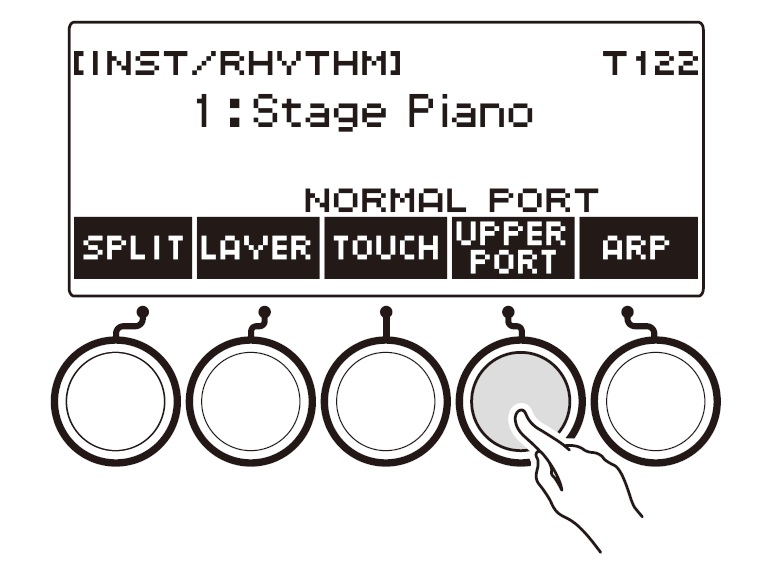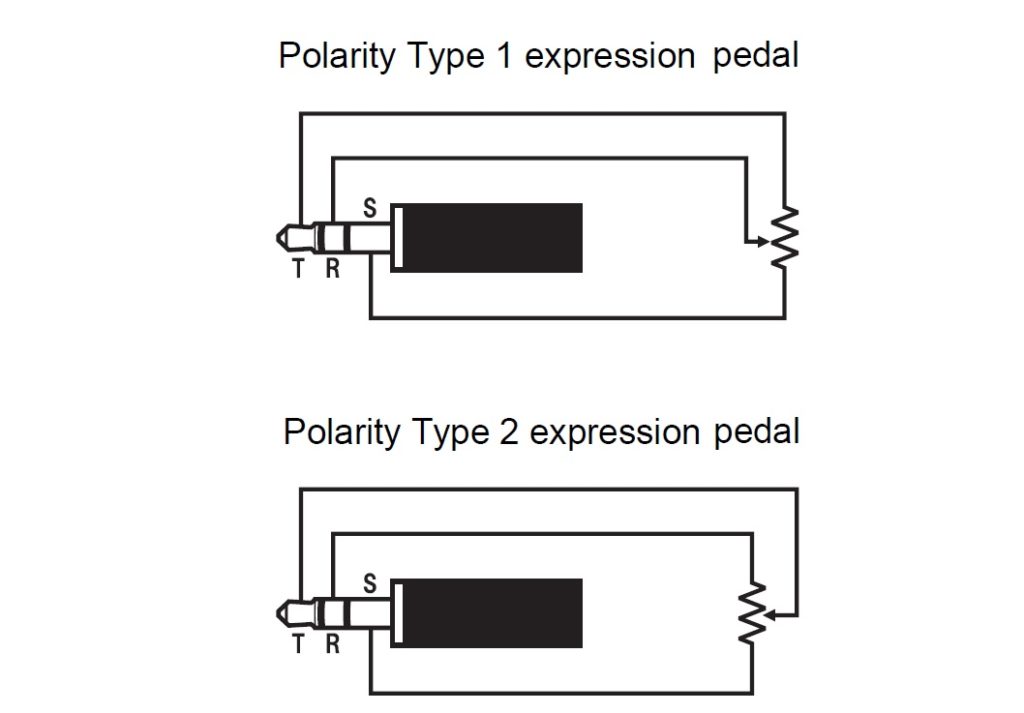I hope today’s post will help liturgical musicians who want to play the Casio CT-S1000V and CT-S500 at church services. I invested a fair amount of effort building patches and registrations which fit contemporary and traditional church music. The sounds would also be compatible with soft pop and gospel-tinged genres, too.
I’ve gig-tested there sounds, having played them at services. So, if you would like to try them yourself, please download the ZIP file. The ZIP contains six CT-S registration files:
- RegBank01.RBK: Woodwinds
- RegBank02.RBK: Strings
- RegBank03.RBK: Horns / Brass
- RegBank04.RBK: Drawbar organs
- RegBank05.RBK: Pipe organs
- RegBank06.RBK: Miscellaneous
The sixth bank is a work in progress. The first five banks cover most of my needs, but there are always a few miscellaneous sounds that pop up.
Each CT-S1000V and CT-S500 registration has four slots (patches). The following table summarizes the registration and patch layout.
1 2 3 4
-------------- -------------- -------------- --------------
Bank 1 Horn+Wood Flute+Cla Wood Sect ChamberWinds
Bank 2 MellowStrings StereoStrings SoloViolin ChamberStrings
Bank 3 FrenchHorns NobleHorns HighSchool Tp + Tb
Bank 4 MellowGospel SoftGospel BrightChurch Simmering
Bank 5 Pipe Organ 3 Chapel Organ Organ Flute Bandoneon
Bank 6 SoftPad VoiceEnsemble StageE.Piano StageE.Piano Trem
I usually pre-select a bank and patch before each musical piece. Then I switch to a different patch within the same bank in order to add a different color. I wish it was a little easier to change registration bank on the fly. Maybe I’ll get better with practice.
Patch details
The CT-S patches are based on combinations which I used on old Roland JV- and XV- series gear. The following tables show the CT-S tones in each patch and the level for each tone. You’re welcome to tweak the levels using the BALANCE menu.
Woodwinds Upper1 Upper2 Lower
---------------- ----------------- ----------------
Horn+Wood English Horn 100 Fr.Horn Sect 110 Mellow Str.2 127
Flute+Cla Flute 1 100 VeloClarinet 100 Mellow Str.2 127
Wood Sect Flute & Oboe 100 VeloClarinet 100 Mellow Str.2 127
ChamberWinds Flute & Oboe 95 VeloSopranoSax 85 Mellow Str.2 127
Strings Upper1 Upper2 Lower
---------------- ----------------- ----------------
MellowStrings SlowStreoStr 100 Warm Pad 120
StereoStrings SlowStreoStr 120
SoloViolin Slow Violin 75 Mellow Str.2 90
ChamberStrings Chamber 100
Brass Upper1 Upper2 Lower
---------------- ----------------- ----------------
FrenchHorns French Horn 100 Fr.Horn Sect 80
NobleHorns Fr.Horn Sect 100 Flugelhorn 80
HighSchool Clarinet 100 Glockenspiel 80 French Horn 80
Tp + Tb Flugelhorn 100 Trombone 80 Tuba 80
B-3 Organ Upper1 Upper2 Lower
---------------- ----------------- ----------------
MellowGospel GospelOrgan2 127 Organ Bass 100
SoftGospel Rock Organ 2 127 Organ Bass 110
BrightChurch Elec.Organ 1 100 Organ Bass 127
Simmering Elec.Organ 6 110 Organ Bass 127
Pipe Organ Upper1 Upper2 Lower
---------------- ----------------- ----------------
Pipe Organ 3 Pipe Organ 3 100
Chapel Organ Chapel Organ 100
Organ Flute Organ Flute 120
Bandoneon Bandoneon 120
Pads Upper1 Upper2 Lower
---------------- ----------------- ----------------
SoftPad Soft Pad 127
VoiceEnsemble VoiceEnsembl 120
I dialed down the reverb in all cases and settled on the ROOM2 reverb type. These patches are intended for live playing in a reverberant church hall, so additional reverb is unnecessary. You might find the pipe organ patches to be waaay dry when compared with the factory tones. I removed the initial reflections and delay which create the impression of a large space — totally unwanted in a live church.
I added 3-band EQ (ACTIVE DSP) to the woodwind patches to add warmth and to reduce harshness. Feel free to tweak away!
For string patches, Knob 1 and 2 are assigned to attack time and release time, respectively. I had to decrease the release time to reduce a simulated reverb tail. Knob 3 is usually modulation.
For drawbar organ patches, Knob 1 is rotary speaker speed, Knob 2 is scanner vibrato/chorus and Knob 3 is rotary speaker brake. Drive Rotary (ACTIVE DSP) is enabled with ACTIVE DSP HOLD. Here are the Drive Rotary DSP parameters:
BrightChurch
Param MellowGospel SoftGospel Simmering
------- ------------ ---------- ------------
Type 2 2 2
OD Gain 30 42 42
OD Level 30 42 42
Speed SLOW SLOW SLOW
Brake ROTATE ROTATE ROTATE
FallAcel 35 35 20
RiseAcel 40 40 35
SlowRate 45 45 65
FastRate 95 95 100
Vib/Cho OFF OFF OFF
WetLevel 100 110 110
DryLevel 0 0 0
Bypass OFF OFF OFF
I programmed Organ Bass in the left hand because I didn’t care for the sound of the rotary speaker on notes below middle C (or so). Drive Rotary does not have a parameter for the horn/rotor balance — maybe that would help.
I hope these patches help you to get started with your own registrations!
Copyright © 2022 Paul J. Drongowski


